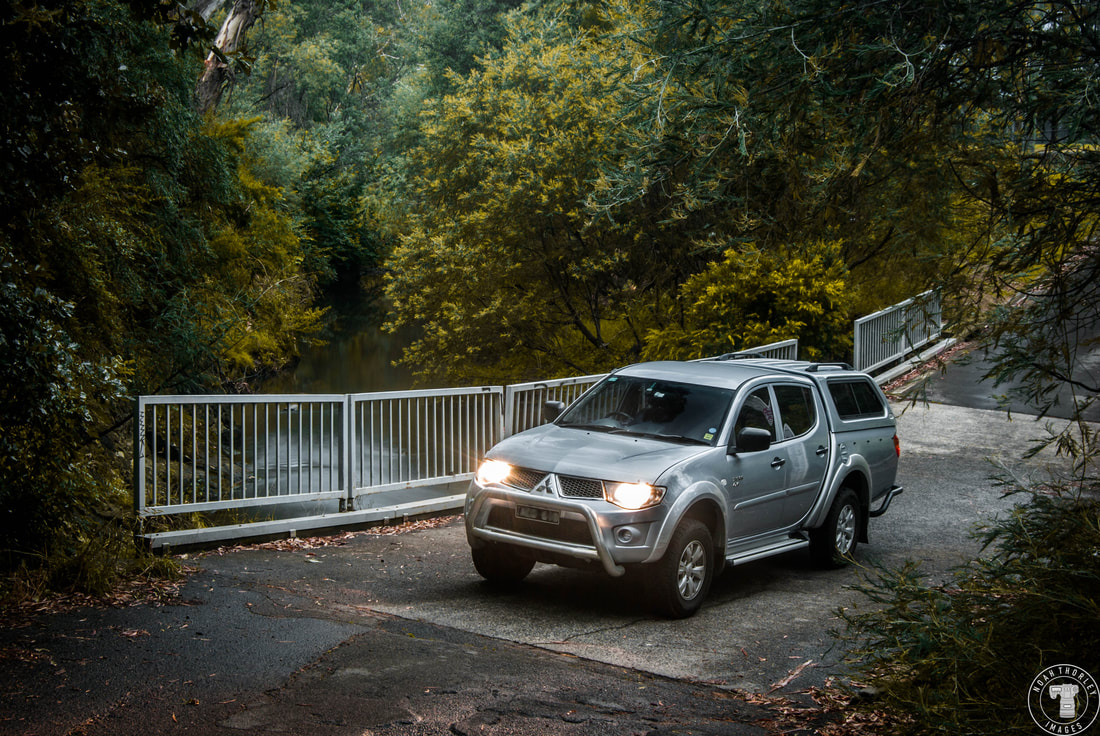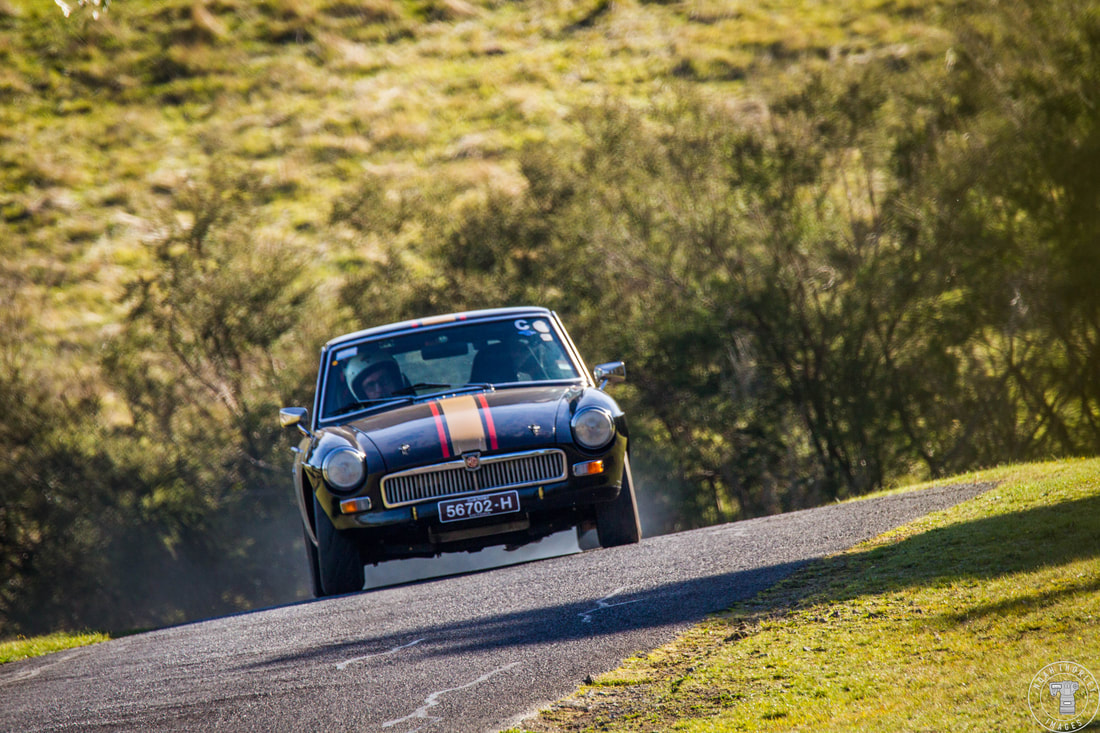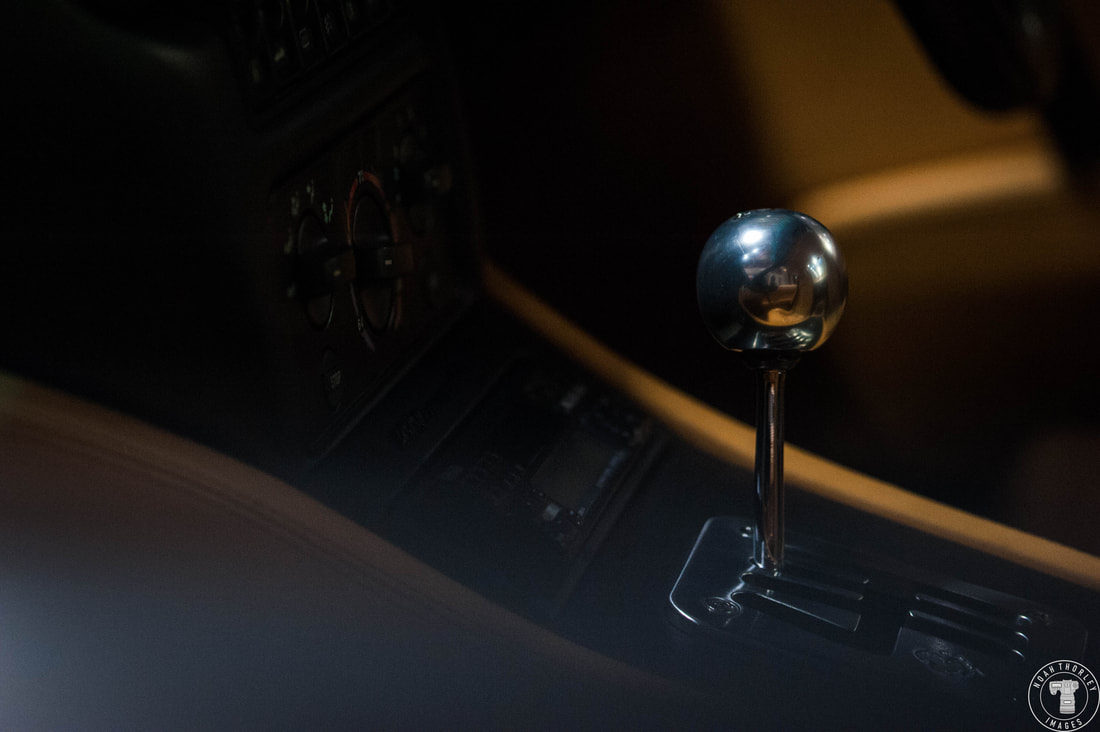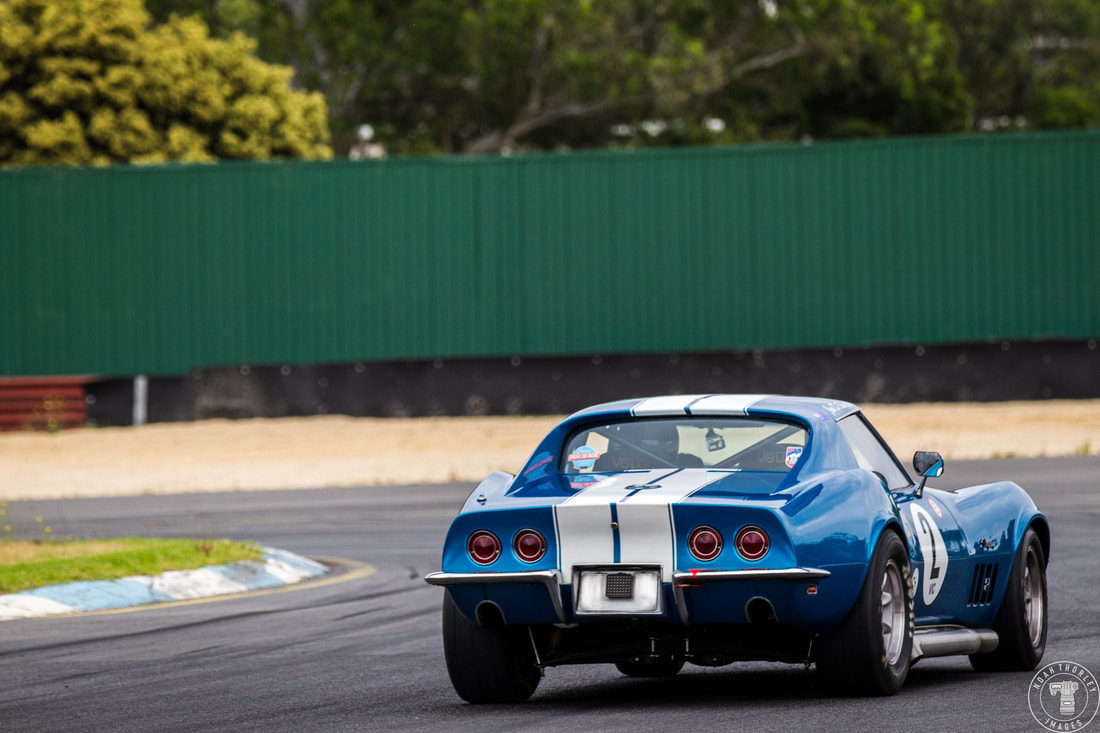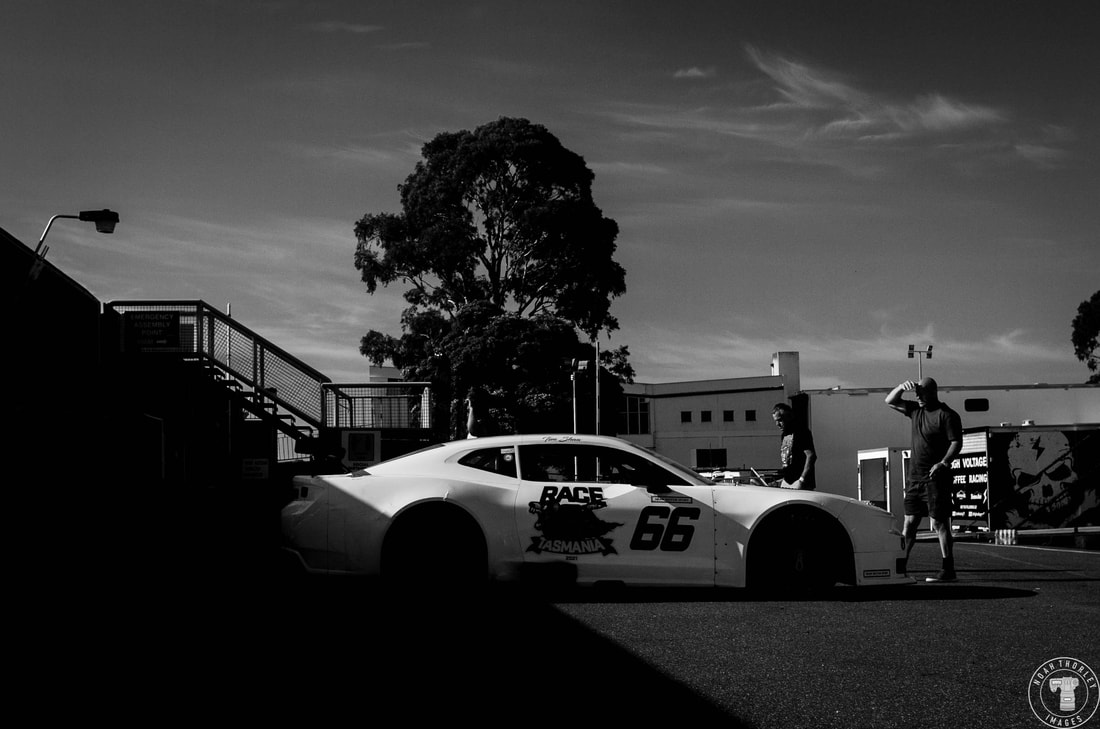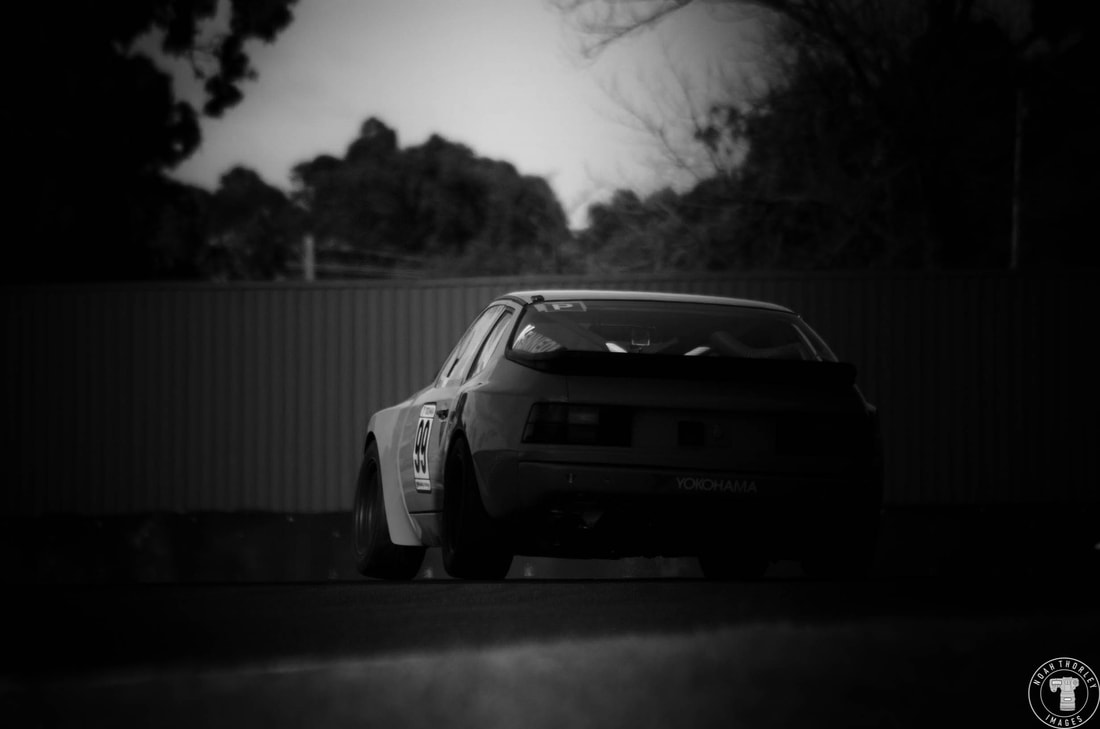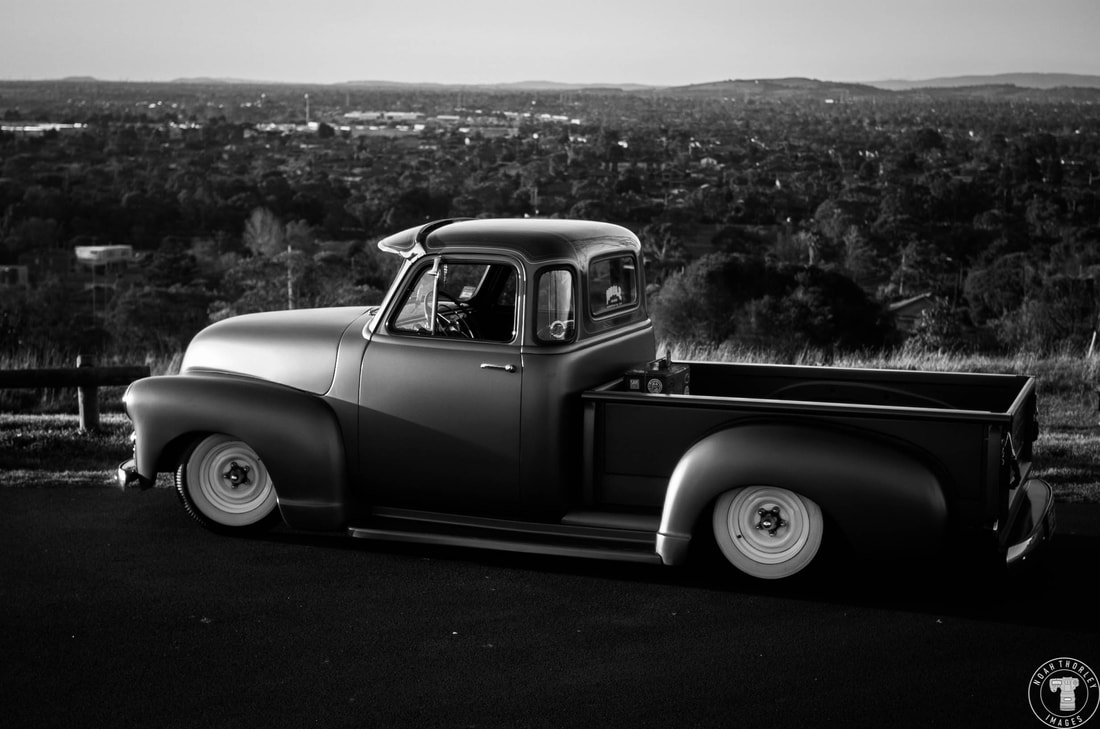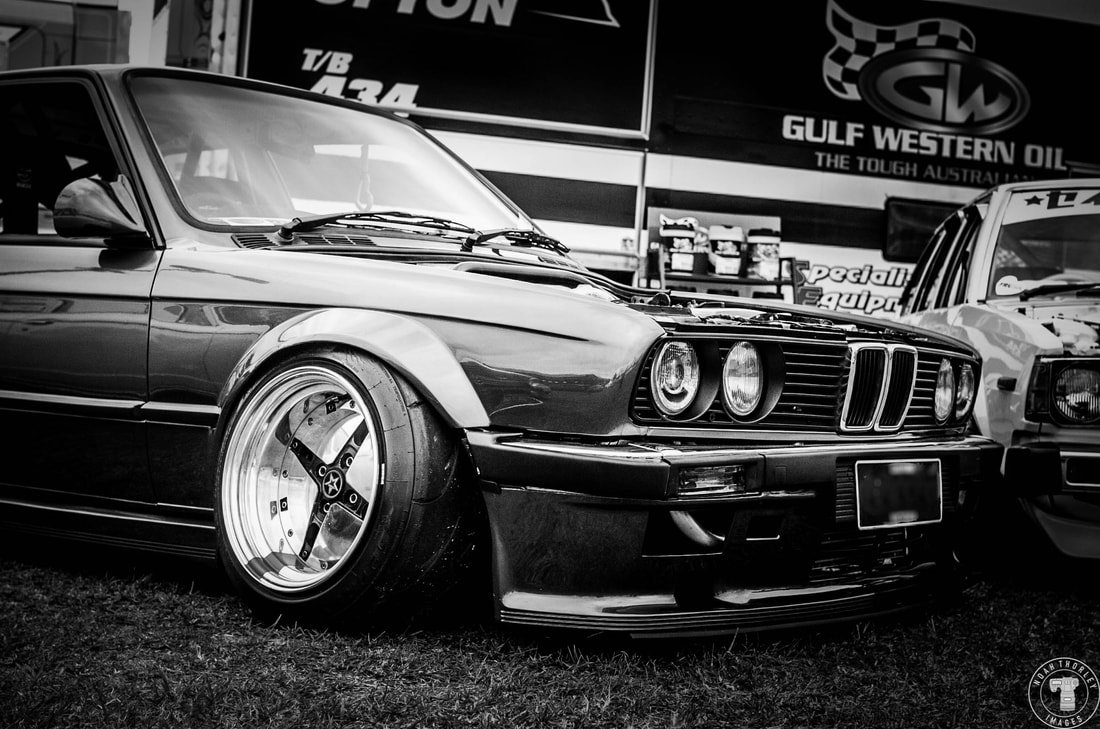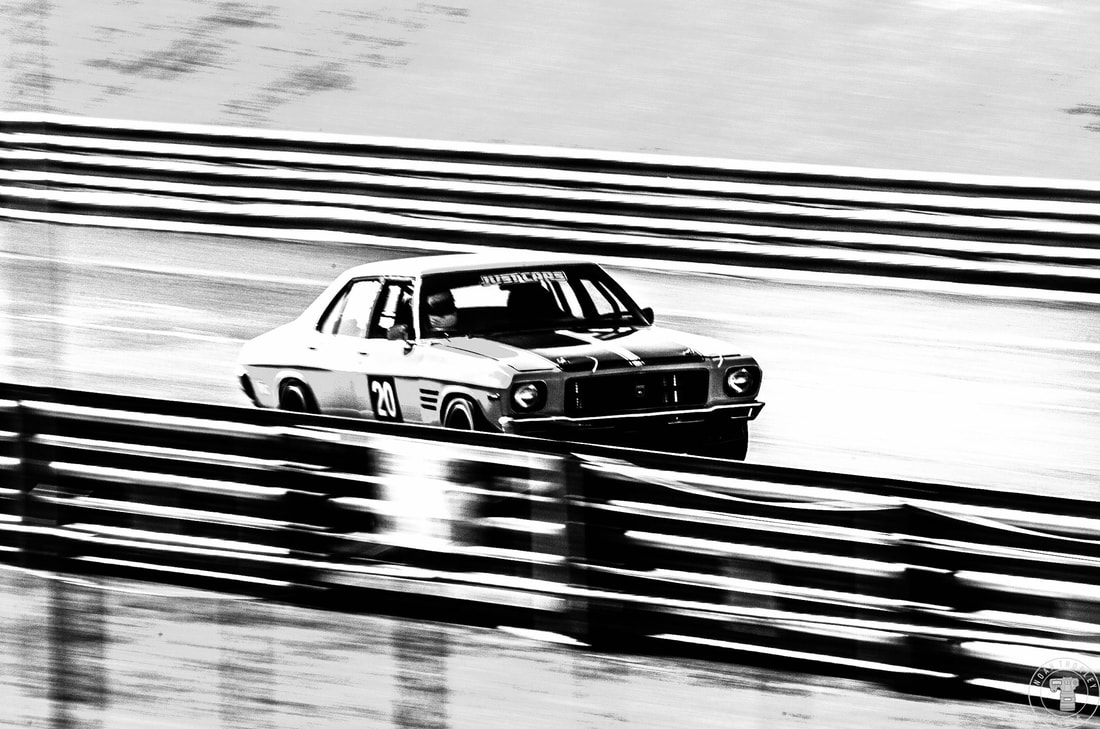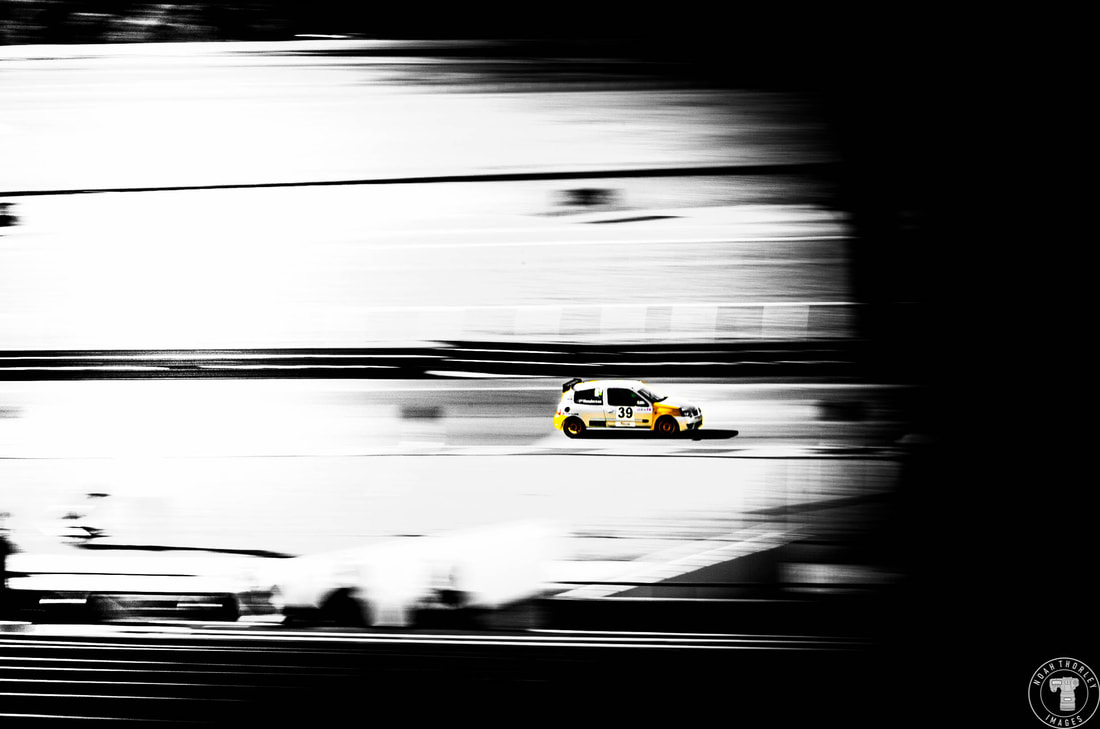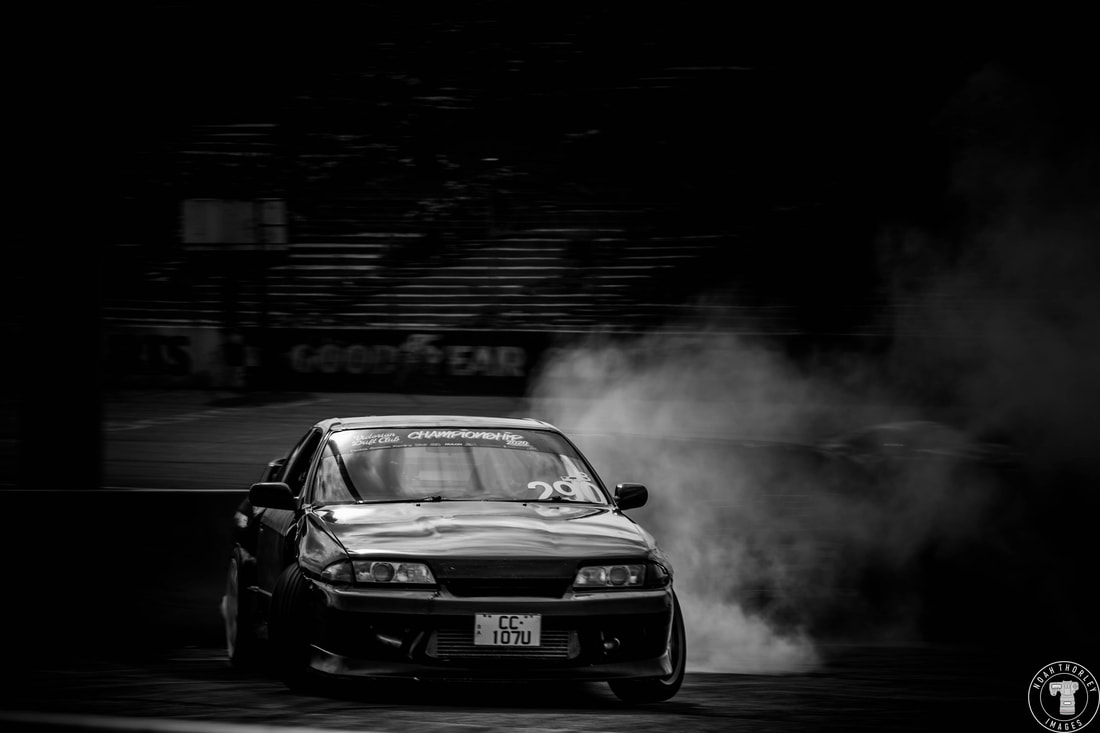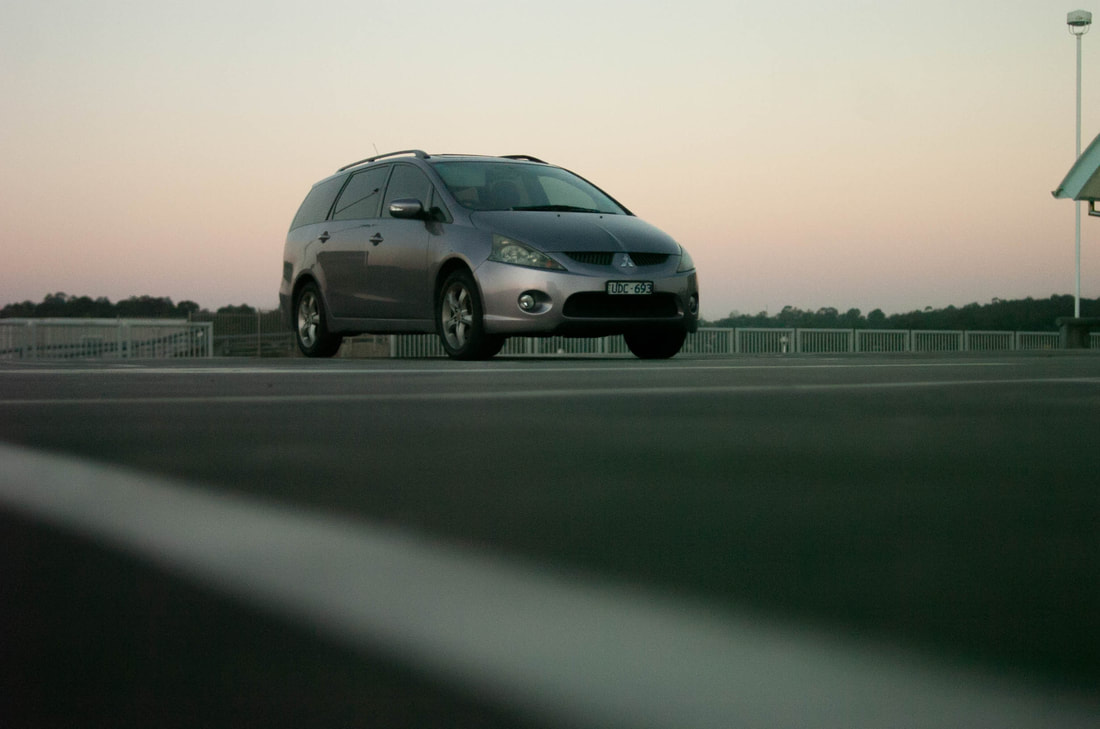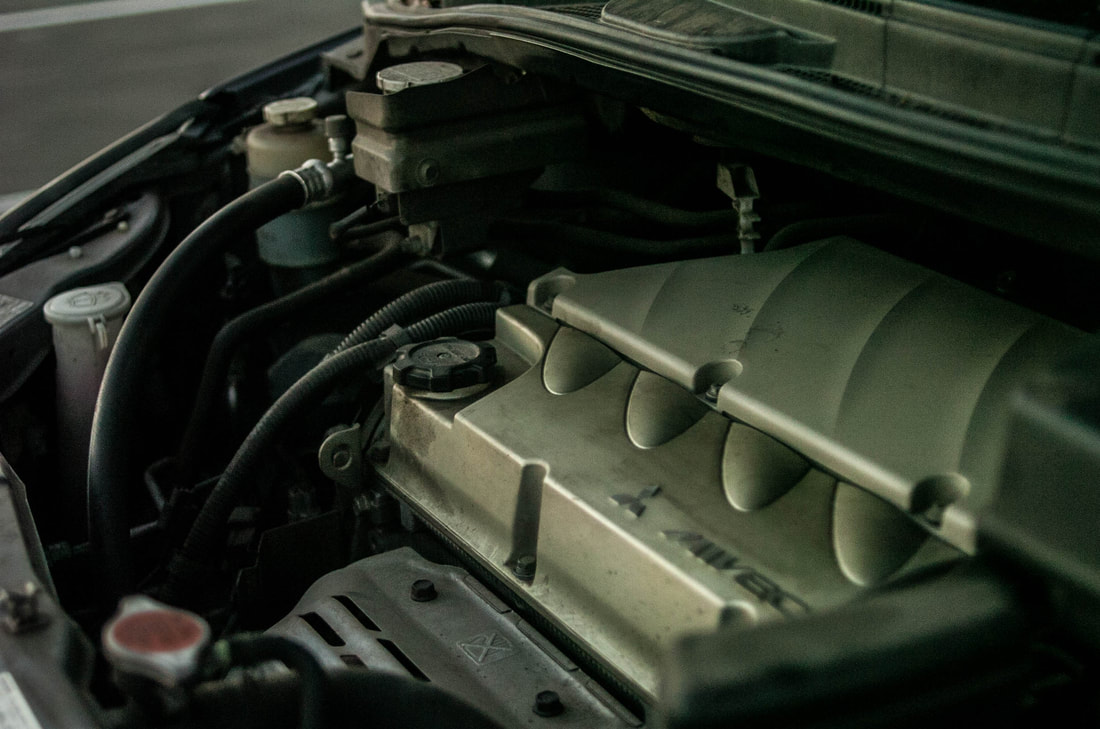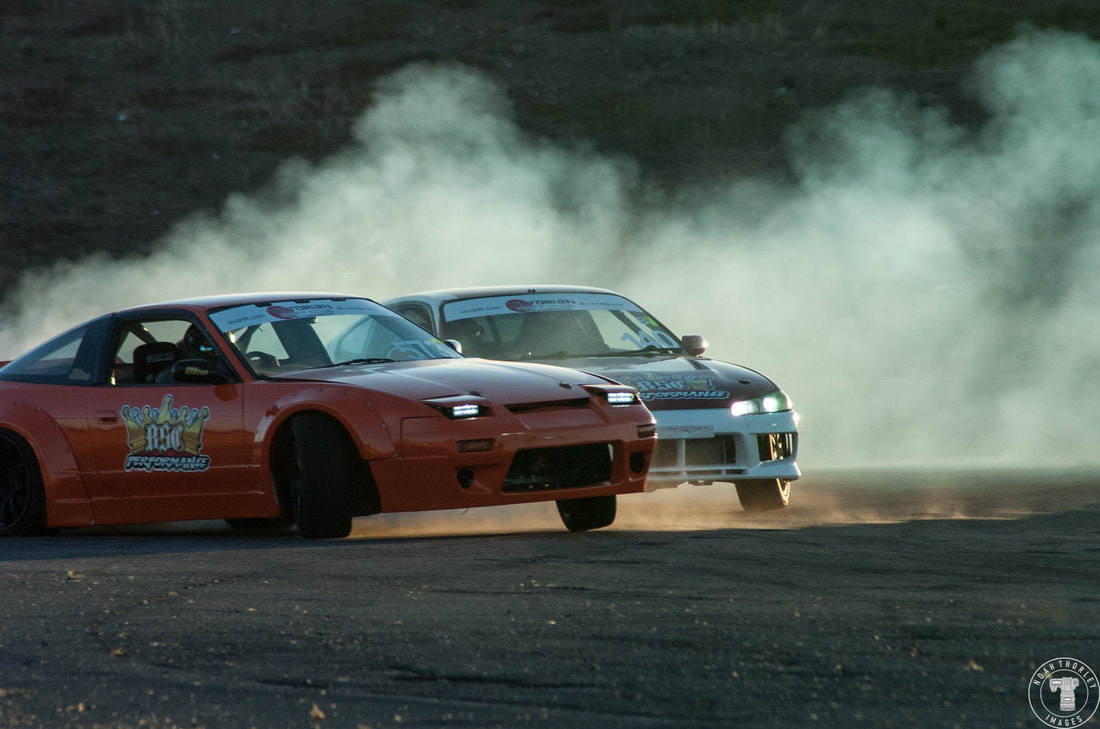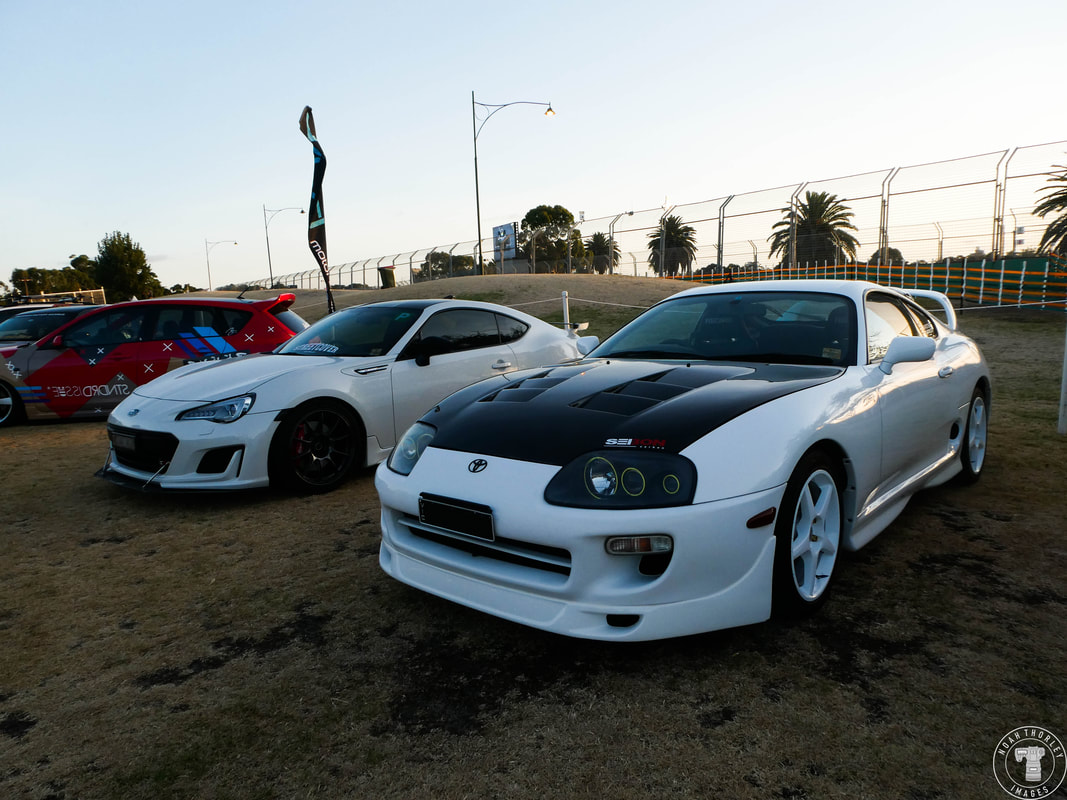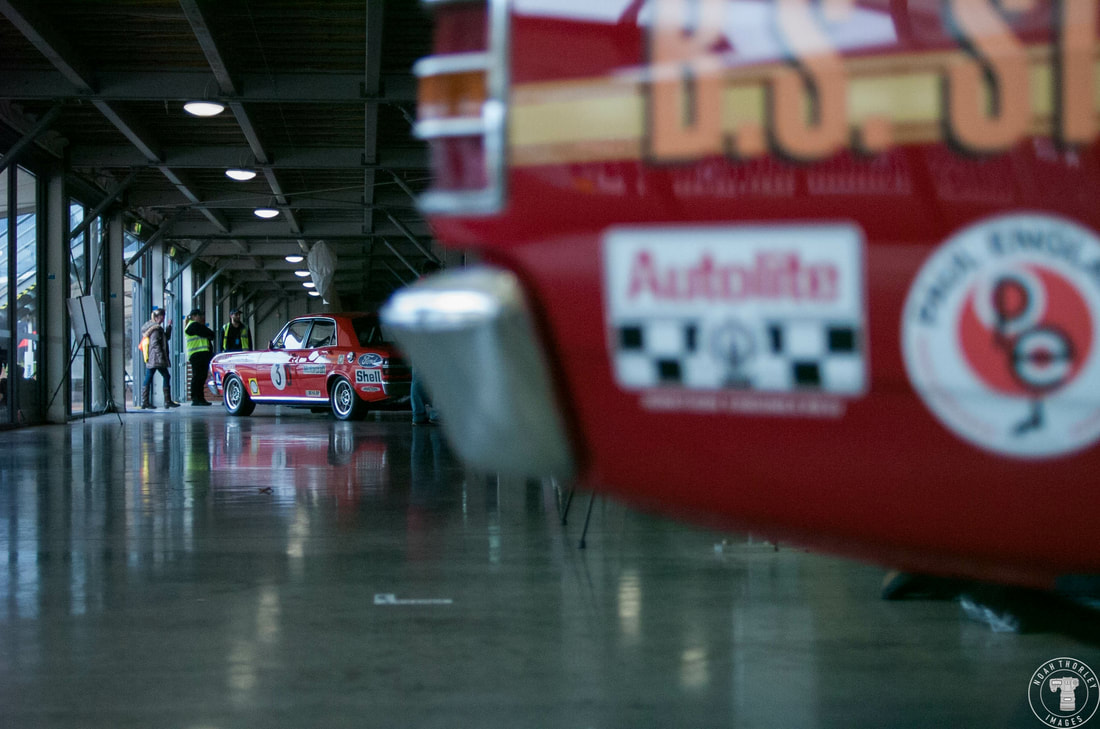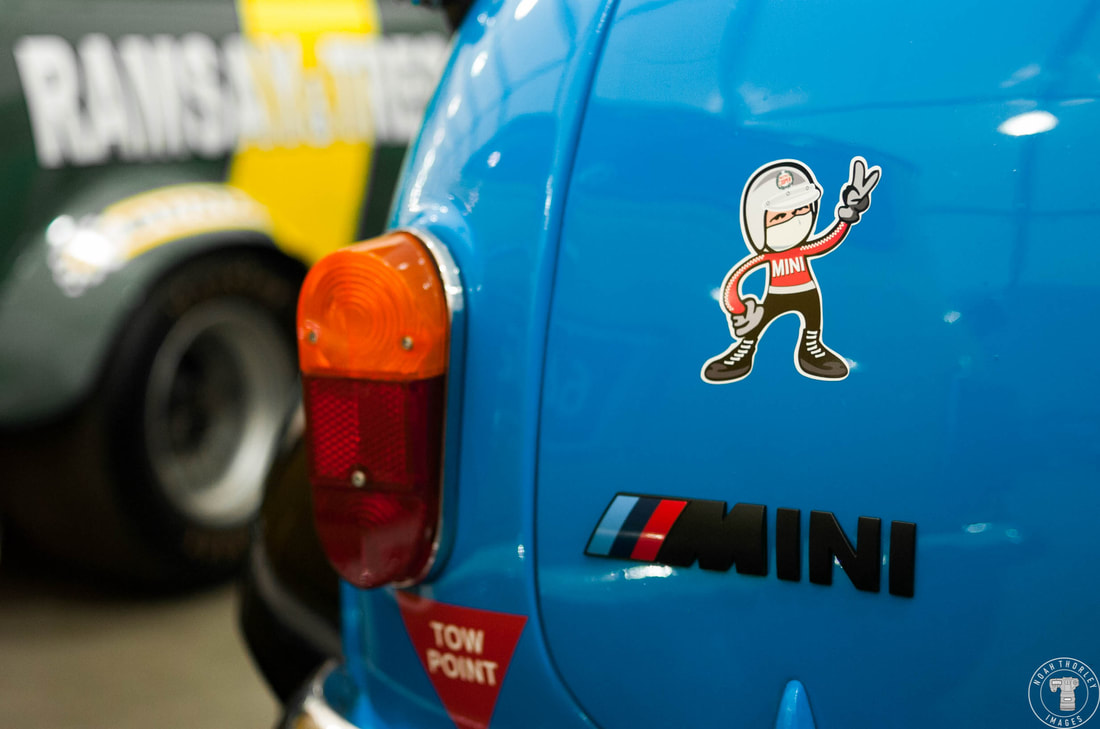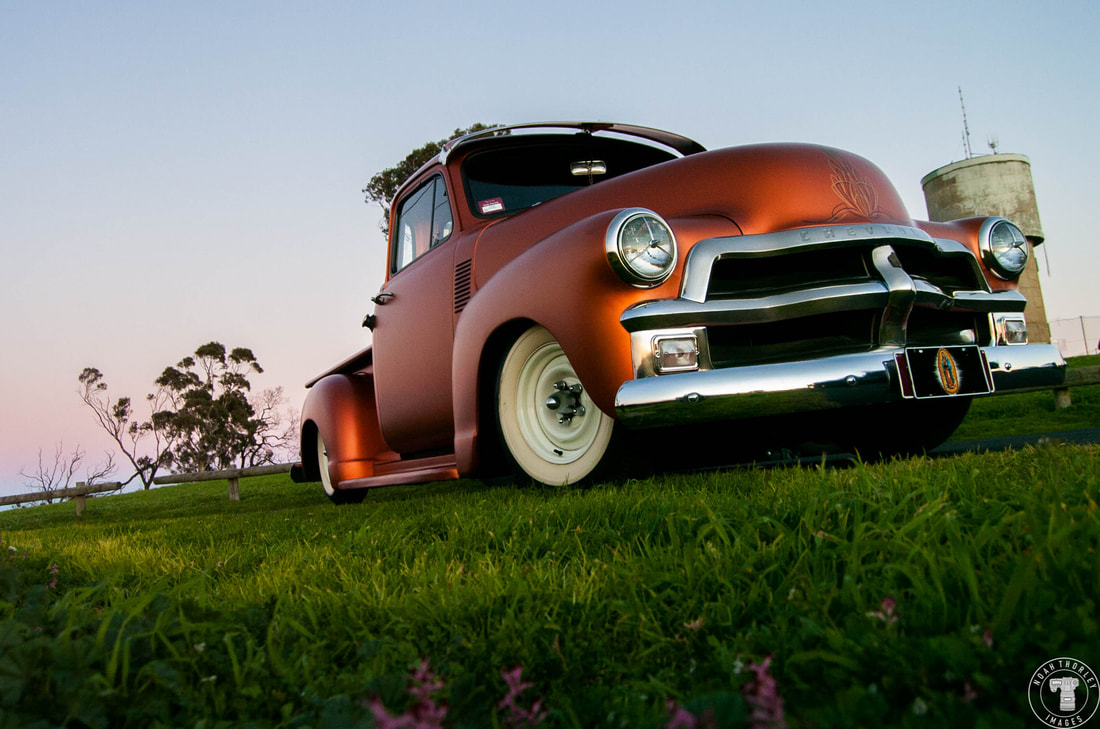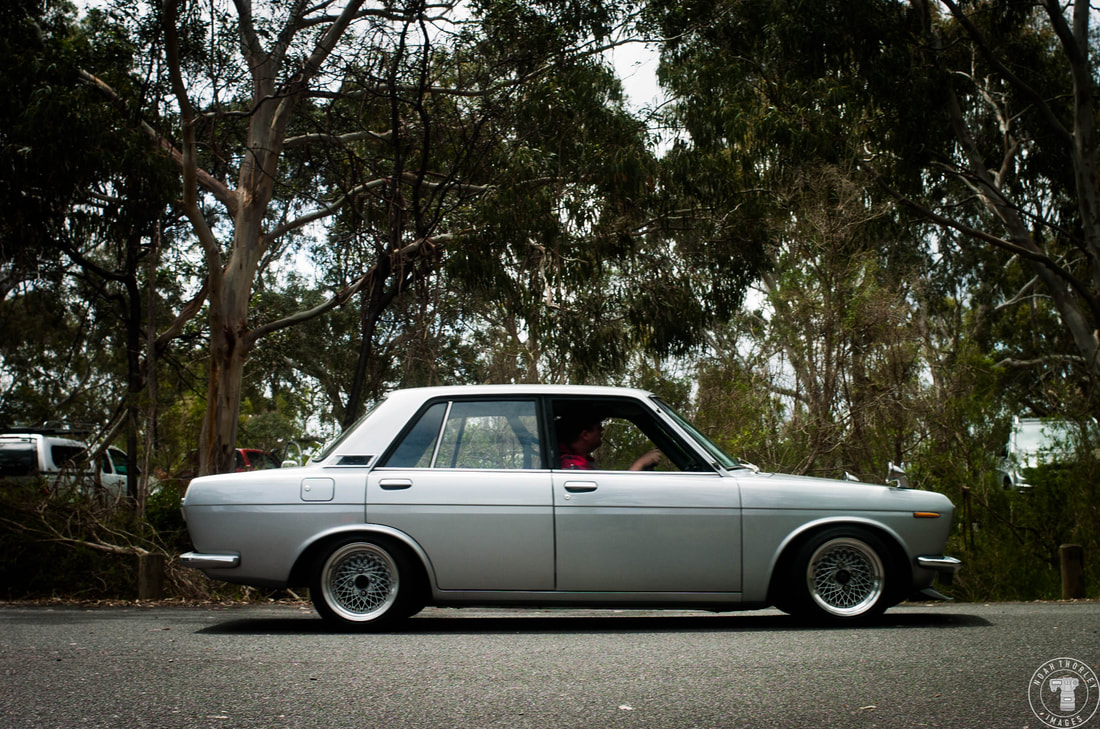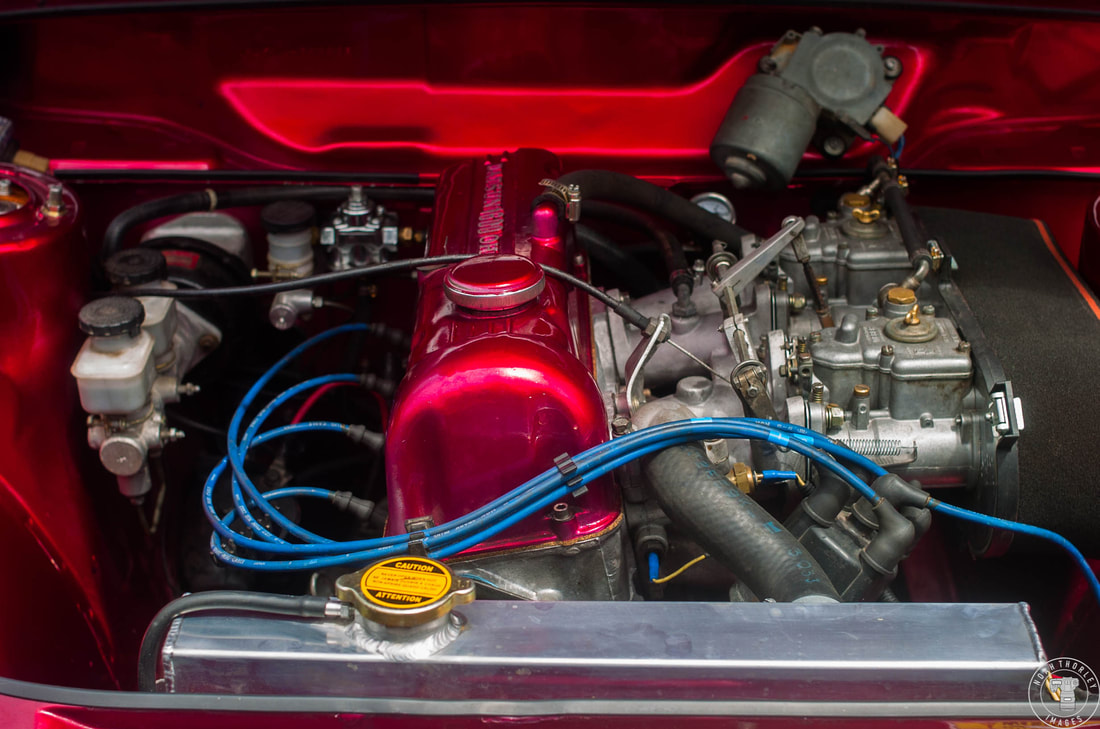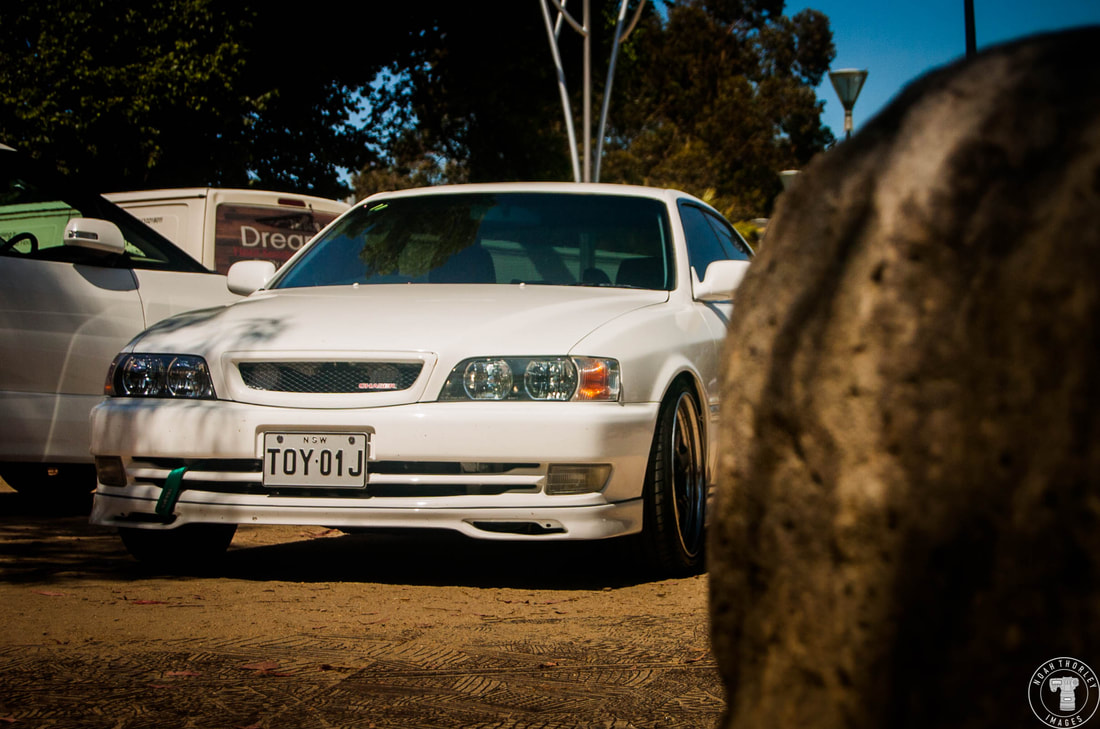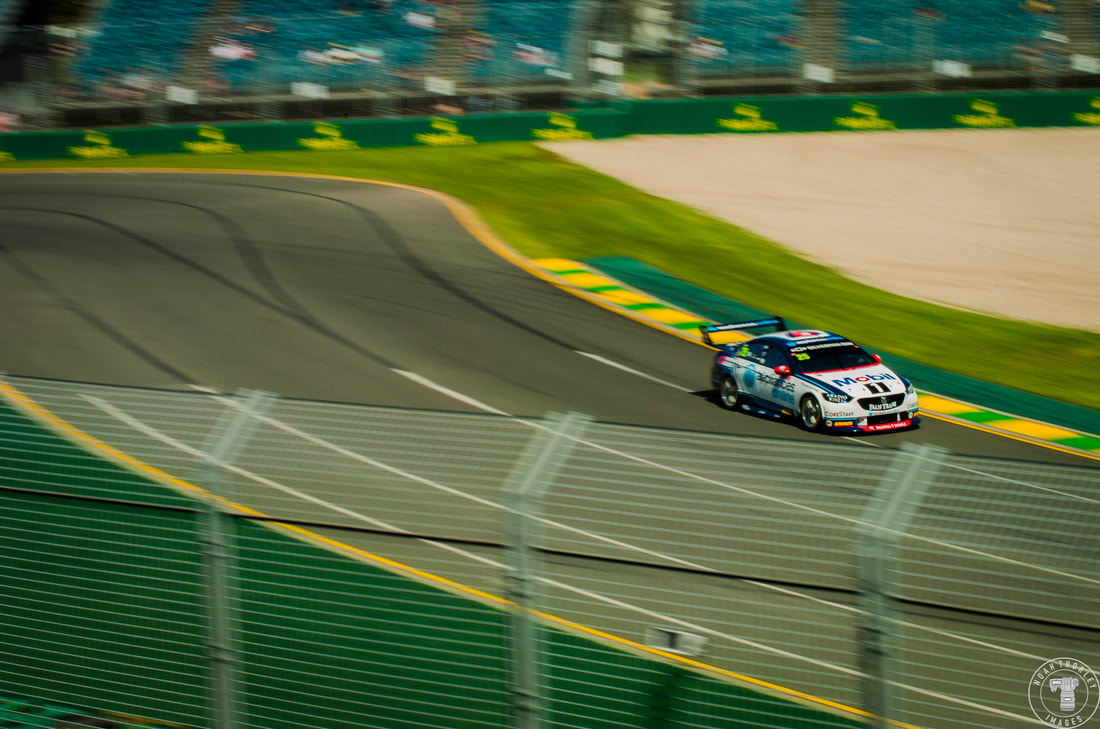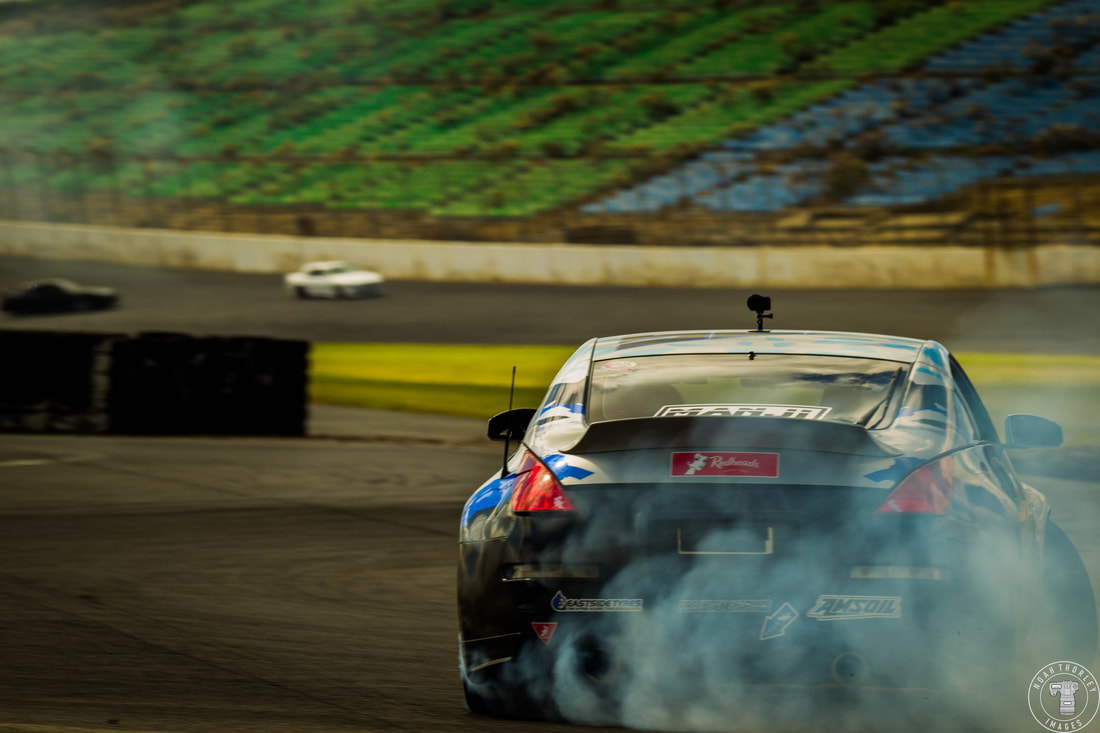|
NASCAR is a unique form of top-level auto racing. Their schedule mainly consists of oval racetracks, varying from short tracks like Bristol and Martinsville, to the Super Speedways of Daytona and Talladega. They certainly are a unique spectacle to watch, a pack of 40 cars, dicing among each other, using strategy and the draft to work with others and get to the front. Or bumping and grinding their way through the field, depending on the type of racing the different track provides. Also, NASCAR is known to be a bit lenient when it comes to contact. NASCAR is known as being a bit like Ice Hockey in the fact the being rough is encouraged, and drivers will do whatever it takes, even punting their rivals off to take victory or simply show their displeasure. This year, NASCAR has introduced a next gen car, and it looks like they’ve hit the nail on the head with it. With 14 different winners across 23 points paying races so far just shows how competitive this new car is, and it has provided some great racing too! However, this exciting form of motorsport has its issues, which not only has reduced its popularity, but also tarnish the legitimacy of its sport aspect. A championship sport is about finding the best players and teams during a certain amount of time, what we call a season. Sports like AFL, NBA and NFL have their standard games, then the top teams go into a knockout system to decide who will play each other to become the premiers. This system works in normal sports because 1) it gathers more viewing for the final games of the season, whilst the legitimacy of who wins the title remains intact. Sometimes teams unexpected to go all the way in the finals do, taking advantage of the reset to take it all. However, this doesn’t happen very often, games are very straightforward, and there a few factors that teams and players can’t control during a game. And when the unthinkable does happen, it is still well deserved, unexpected and entertaining. However, this playoff like format doesn’t work when deciding the champion in motorsport. For one, motorsport is much more unpredictable. There are so many factors out of the teams and driver’s control; the weather, safety cars and strategy being undone, ending up in someone else’s accident, mechanical failure and just bizarre occurrences to name a few. Races can change in a flash, and often they do. The best team with the fastest car and best driver doesn’t always win the race. The winner can often be decided by sheer luck, or whoever makes the best of the crazy circumstances. That’s what makes motorsport to me and many others I’m sure, a very exciting sport. That’s why you need multiple races, on varying tracks, across many months to determine the overall fastest, most consistent team and driver. When you reset the championship, once or even multiple times, any buffer that a team and driver has created is dashed and previous races pretty much become meaningless. Yet that is exactly what NASCAR has done with their ‘Playoffs Format’. After the first 28 races, the number of drivers eligible for the Championship is automatically brought down to 16. To get the top 16, all you must do is win one of the first 28 races, that’s it. Doesn’t matter if you have a horrible season, you’re in. If there aren’t 16 different winners, then the final places are deciding by points. Three races after that, the number is reduced to 12. If you were part of the top 16 and won one of those three races, you immediately go forward to the top 12, again despite your results for the other races. The final spots are governed by points across just those three races. This repeats when the number is dropped down to 8 drivers, and then the final 4. Whoever finishes highest in the final race of the season wins the championship. Sound confusing and overcomplicated? You bet! Let me now give you an example of why this doesn’t work and eats away at the legitimacy of who becomes champion. In 2020, Kevin Harvick had a fantastic season. 9 Wins, 20 top fives, 27 top tens and the best average finish of anybody. Comparing his season to previous NASCAR champions back when they were decided just by points, Harvick’s season would have resulted in him being undisputed champion. In fact, he would have clinched the title with three races remaining! However, during the Top 8, he had two poor races, which happens. However, despite his dominance in 2020, he wouldn’t even be eligible to go for the championship in the final race. In short, the best driver and team of the season had all their hard work robbed due to this system. But this hasn’t happened once, no, let me give you some more examples. Thanks to the Playoffs, Kyle Busch was crowned the 2015 Cup Series champion, despite missing 11 races due to injury! That is absurd not just by NASCAR standards, but world sport standards. Again in 2011, Carl Edwards had an extremely consistent season. Despite only a single win that season, he finished in the top five 19 times and the top ten 26 times. This was a time when the ‘Chase for the championship’ was in place. After the first 26 races, only the top ten would be eligible to win the championship, and all their points would be reset. Despite having the best overall season out of anyone, Carl Edwards didn’t clinch the championship this time either. Tony Stewart, who had an awful first 26 races, only just scraping into the top ten was quoted saying “If we make it to The Chase, we’re just taking that spot away from someone who deserves it.” However, in the final ten races, Tony Stewart would win five races, to only just tie with the consistent Edwards. Stewart would be awarded the championship because of his more race wins, and that whole buffer that Carl Edwards had created during most of the season before the Chase, was deemed irrelevant in favour of NASCAR’s silly system. The only reason Stewart ‘won’ that championship was due to the points reset after Race 26, otherwise he would have had no chance. The point of the NASCAR Playoffs is making the championship race unpredictable. It is designed to create exciting moments in motorsport. However, these supposed ‘tight championships and random occurrences cease to be special if they a manufactured by the sport. They are no longer unbelievable moments in auto racing or tight championship fights because they happen all the time. Classic championship battles like 1992 are special because no one could script it. They only happen once. If the nature of motorsport is left to its own devices, not every championship battle will be exciting, but the ones that are will be even more special. This is what NASCAR forgets and has ignored. This problem is further expanded when you look at how NASCAR runs its races. Races are split into three stages (except the Coca Cola 600, which is split into four). The first two stages are a quarter of the race in length, whilst the final stage is approximately half the racing in length. Once each stage is finished, points are given out to the top 10 at that time. That isn’t the problem though, the issue comes with the yellow flag being flown at the end of every stage! This ruins the flow of the race and makes strategy less of a factor since teams know when there will be caution periods. Motorsport is unpredictable, and again manufacturing when the field will be bunched up, and when teams will pit again is unnatural, and makes the racing repetitive. The point of having a championship across many different weekends, across many different tracks is that you don’t know what you’ll get. With these stages, you most likely know how the structure of the race will pan out. You can’t script motorsport, yet that is exactly what NASCAR has tried to do. The other big issue with NASCAR is not one that they can necessarily solve. SlapShoes sums it up perfectly in his video ‘NASCAR’s Short Track Problem’, but I will try my best to convey the main points, however I do very much suggest watching his video. Majority of NASCAR fans want to see more short tracks and that makes sense. NASCAR’s heart and soul lies in small towns in middle class America. However, during the nineties, small towns were going downhill. Many manufacturing plants were closed or moved, leaving people jobless. These people moved to service industry jobs with less pay, or moved to the cities for opportunities. Parallel to this, NASCAR built many tracks near big cities and jacked up ticket prices. Although the nineties and early 2000’s was lightning in a bottle for NASCAR’s popularity, the downward spiral of the economy soon caught up with them and all other American sports. The poorer got poorer, and the middle class that made up most of NASCAR’s fanbase diminished massively. The short tracks that remain on the schedule are all now fighting for the same area of people. And now, these people just can’t afford to go to multiple NASCAR races in their area, let alone travel and go to multiple races each year. This isn’t NASCAR’s problem however, this is an American problem, and NASCAR along with all other major sporting leagues are suffering whilst being unable to do anything about it.
However, NASCAR can be the farmer that prays for rain and then prepares for it. They can fix their own problems. Return to classic uncomplicated racing, let the heart in mouth battles and storylines occur naturally, just as every other form of Motorsport does, and also make sure to increase its presence on social media and in marketing, just like Formula 1 has done and to great success. Keeping the fans they have, whilst also bringing in new ones. I want to be excited by NASCAR, because it is a special and unique form of motorsport. It is full of perplexing drivers, teams and owners, and its history is the stuff of legends. NASCAR need to realise that they cannot manufacture the exceptional. All they need to do is let it happen, let it script itself and make sure that there are plenty of people who witness it.
0 Comments
I think it's unbelievable that us, as humans can drive cars. We are able to control one-two tonnes of metal, rubber and plastic at speeds of 100km/hr +, whilst hundreds of other people do the same around us. And most of us, can do it constantly and consistently without any large incident. Actually, it has become a societal norm that you must be able to control what is a very complicated, ever combusting machine, whilst in tandem with many others doing the same, on segregated pieces of asphalt, often with many other transport systems and traffic rules at play. And if you are unable to do this, making a large mistake or shunt, then you are seen as an 'idiot in a car'. Of course, the technology in these metal boxes have come a long way. Not only has handling become forever better, but there are now many systems in place to help you drive along. From ABS and traction control that has become hardly noticeable in modern cars, to intricate sensors making sure you don't depart from your lane or run into the car in front of you. Still, cars aren't quite smart enough to go by themselves among the bustle of traffic, intersections and winding roads. Remove the driver and the car is unable to, well, drive! (Unless you have a Tesla Model X with its quite ingenious, although temperamental summoning capabilities). So what am I getting at here? Why have I decided yet again to type down some random thoughts and attempt to connect the dots into one, hopefully interesting article? Because I think that the success of being able to pilot more than a tonne of complicated and intricate metal, rubber and electronics, powered by an extremely flammable liquid constantly exploding a thousand times a minute in metal chambers is something that is overlooked. Not only that, but we as humans have designed and built these complicated and reliable means of transport, by the millions, and a transport system around it. Every year we as a species are making the car safer, faster, more reliable and handle better. Each car is filled with specially designed parts and technology to each aid in driving. From simply things like alternators to very specialised wiring looms and MAF (Mass Air Flow) sensors. Let me give you an example of what I mean. A torque converter sits in between the engine and automatic transmission. Its casing is connected to the flywheel, spinning at the same rate as the crankshaft. Through two series of opposing blades and a pump that sends fluid onto these blades, the torque converter transmits power from the engines crankshaft, to the transmission. So smack bang in the middle of power's journey from the crankshaft to the wheels, through many spinning, intricate and specially lubricated metal, is a box with some fans and some liquid, making sure that the engine doesn't stall. How cool and unbelievable is that! And our human race not only designed but created this system and has replicated it millions of times! The automobile is a wonder of engineering, and a great achievement for humanity. Structures like The Great Wall of China, or the Pyramids of Giza are wonders of our world because they are massive engineering achievements. And so to I think, is the car. The car is an invention that has become one for the masses. It has become a part of society just as much as a house, and learning to operate this invention has become essential and part of growing up for majority of the world. This is an invention that although is so complex, has been created and built millions of times over. Whichever way you look at it, we are able to operate and enjoy driving an engineering marvel, and I think we sometimes take that for granted. But then there is Motorsport, which brings engineering and driving to a completely new level. Cars are designed and pushed to their absolute limits. It is through Motorsport that the automobile's true capabilities are displayed, on purpose built racetracks, off-road, in dirt bowls, on rally stages, temples of speed and more. It is an amazing spectacle. But what makes Motorsport even more of a presentation of human achievement are the drivers. I mentioned before that I think it is amazing that hundreds of people can operate these intricate vehicles in tandem on the roads together. But on the roads, we aren't (or at least shouldn't be) pushing the limits. These guys and girls are. Watching for years, drivers push and control the automobile at the absolute limit, whilst on a track where they are surrounded by others doing the same is exceptionally skillful and absolutely should be celebrated. The car is one of humanity's greatest achievements, and Motorsport, from grassroots to the top tier championships is and will continue to be a demonstration of human brilliance. Maybe I am in awe of the car because in reality, I am stupid and can't wrap my head around its workings. Maybe I am in awe of driving because in reality, I am rubbish at it.
But they say ignorance is bliss. Right? Editing pictures is one difficult juggling act. You must balance, colours, contrast and the photos exposure in each click of the mouse and playing it safe is usually your best option for a usable image. But remove colour out of the equation and going a bit crazy becomes more appealing. Extremely bright or dark exposures, gradients and harsh vignetting can give the image more context, without making the image an eyesore to the viewer. In removing colour, you’re stripping back the unnecessary aesthetic parts of the image and what is revealed is its more simpler form. The same could be said for modified cars. In the 50’s hot rod culture really began to take off. Engines were swapped, fenders and roof-lines were chopped, floor-pans were cut and dropped. Stance cars and the modern builds of today have the same characteristics. When you strip back the aesthetics, it really is just a modern day hot rod, sans the 50’s vibe. Most people would say that car culture really took off in the 1950’s, with drag racing, hot-rods and European sports cars. And they’d be right, but car culture really began back in 1895, where the first race was held. The Paris to Bordeaux and back to Paris was the seed of motorsport, a critical and essential part of our culture. This began not only the racing scene, but the modifying scene. For instance, in 1911, Ray Harroun won the Indy 500 with his Marmon Wasp, famously sporting the first rear view mirror, so he could see his competitors behind him. Now mirrors are mandatory on every car produced. This is a great example of how motorsport really guides not only the production of cars, but car culture itself. Modifications like widened tires and fender flares, bucket seats, lowered suspension, turbofans, engine swaps to name a few, can be linked to motorsport and/or the hot rod culture. So, to put it simply, ever since that first race in 1895, and the hot rod scene in the 1950’s, we haven’t really done anything different. Which makes it sound like we haven’t achieved much. But now, let us bring some colour back into the image, the aesthetic and functional qualities of our cars back into the equation. Look at them all. The different styles, variations and purposes for our cars. Restomod, bosozoku, stance, drag, time attack, drift, classic restoration, cafe racers, choppers, donks, sleeper cars and minitrucks to name a few The different ways we have of expressing ourselves through our cars, and how we participate in car culture. Although it’s a simple equation; swap out parts, lower and/or chop the body, copy the motorsport trends, it is one with endless possibilities, endless style. We have achieved something very few can achieve; we have expressed ourselves in ways only we could. We’ve emptied wallets, put endless blood, sweat and tears into our machines and the organisation of meets and shows so people can express themselves and meet new people. We’ve spent tired nights editing photographs, writing articles to put our culture on the map, to remember and celebrate people’s expressions and automotive fueled achievements. When people have asked ‘Why?’, we’ve answered with ‘Why not!’ We have dared to be different in a world full of societal norms and expectations. I challenge anyone to find a more vibrant and passionate culture. This is something we should be all proud of, regardless what the future holds. The Monochrome FilesAs more than a third of the world is currently in lock down, it gives us time to reflect, get stuff done around the house that we've procrastinated on, or just rock in acorner. For me I've been able to look over the past year and a bit since I started my website and photographing Melbourne car culture. I thought I might also share with you a bit of a review of these past 17 months. In December 2018, I decided to start creating my website and attend my first car show - Classic Japan 2018 - to practice and improve my photography skills, whilst covering car culture and motorsport around Melbourne. My photos from this first event were... crap. My composition was off, editing skills callow and coverage uninspiring. I could see I had good ideas, but they were executed poorly. In general, I needed more experience. Which is why I started out on this venture, so I was kind of on the right track. With practice needed, I decided to do a practice photo shoot with my Mum's old Grandis. It's definitely not a very interesting car, apart from the fact it's a nice shade of purple and has the 'big block' 4G69 engine, but the main purpose of this shoot was for practice. My composition improved but my editing still was way off the mark. I would soon learn however the importance of editing, and that you can't rush learning it's secrets. My next chance to shoot car culture would be at the Loyola Classic Car Show. This is where I'd see the most improvement from the past couple of months. and it turns out that throwing caution to the wind during editing and trying something new would produce some cool images (sometimes). My next call would be a week later at Calder Park for the first round of the 2019 VicDrift Championship. Equipped with a media pass, it was very cool to get up and close to these grassroots monsters and the drivers behind the wheel. This new experience taught me a lot, including the importance of sunscreen and making sure the camera's sensor is always clean so black dots don't appear in EVERY SINGLE IMAGE! Yes, all 2,500 of them. Next up would be Friday practice at the Australian Grand Prix. Equipped with a few pictures of the cars around the track, my Uncle who is also a photographer showed me some tips in Lightroom on editing pictures. The editing on the top image is his work and the picture below is what I remembered a week later. MotorEx would see my best work in my opinion at the time. I also extremely enjoyed the show, particularly the fact that it was more of a festival that celebrated the skilled hands of many and the fruits that they had put blood, sweat and tears into building and driving the wheels off. From the high that was MotorEx, unfortunately it was a bit downhill from here. Whilst attending a small night-time car meet, I would find the limits of my camera. One half decent photo was taken during that night, whilst on a tripod set on a long exposure. However. one photo was enough to teach me the importance of a tripod in low light conditions and how a high ISO can have a very grainy effect on your photos. It also gave me something new to try in the future. The following day, I'd photograph the All Day MINI Show. With the tiny cars crammed into a small space, I got to focus on the tiny details that made each car different from another. I also learnt my history and got to share it with you guys in my event coverage. I'd planned to shoot the 4th round of VicDrift two weeks later, but on the same day, I got a chance to photograph the VicState Race Series instead. Taking up the new challenge, I focused a lot of my time practicing panning with a slow shutter speed, whilst also trying to get story shots of those involved in the sport. I'd also end up playing around with Lightroom and doing crazy things to black and white photos. This would end up spawning the idea of 'The Monochrome Files', which I'll talk about in another article (eventually). In August of 2019, I would apply everything I had learnt from the past nine months into my first slightly professional (not really) photo shoot with Dan & Dani's 1954 Chevrolet Pickup. It was very rewarding to see everything come to together, and I can't thank Dan and Dani enough for the support they've given me and my photography. Two days after completing my Year 12 exams (boy am I glad I'm not completing Year 12 this year), I went and photographed some of my favourite cars. Datsuns! I also got to share some of the history of Datsun through my coverage from Melbourne Datsun Day. Next up was Classic Japan 2019. Same types of cars, same location and sunny afternoon light as the previous year. This would be important to get right as it would really show how much I'd improved compared to last year, when I started on this project. I remember being really happy with my shots, particularly with the editing, which although I still needed working on at the time (and still do), I'd achieved the look I wanted and had been searching for ever since my uncle had shown me some tips in Lightroom back in March. During the holidays, I decided to try some basic light painting. This turned out to be a real trial and error skill to learn, finding the right camera settings and even just making sure enough light went onto each part of the car equally. To start 2020 off, I attended the Victorian Hot Rod Show. With the low and varied lighting inside the Royal Exhibition Centre seeming eminent, I brought along a tripod to try some long exposures with blurred movement from the other people admiring the craftsmanship of the cars on display. About a month later it was time to head back to Loyola College, not for classes thank goodness, but for the Classic Car Show the ex-students hold every year. It's a great little car show that's full of friendly faces and cool rides to check out. With the motorsport off season finally coming to a close, it was time to get ready for the F1 Australian Grand Prix. It would be short lived though, as the weekend and many motorsport events along with it would be cancelled. Luckily, activities on Thursday still went ahead as planned, so I did get a few shots of the action. I do enjoy a good car show, but motorsport is a completely different kettle of fish when it comes to photography, which is why I enjoy shooting it so much. It's fast paced, grueling and very colourful. On the Saturday that would be Grand Prix qualifying, I was back at Calder Park for the first round of VicDrift's 2020 Championship. Reflecting on this past event, I definitely need to keep in mind where the sun is, so that my old camera doesn't decide it needs all the sensitivity in the world. I also need to keep it safe with shutter speeds when it comes to the final few rounds, so I have sharp photos of the final battles rather than blurry ones I need to chuck out. Planning needs to be key. Since I graduated Year 12 last year, I planned to attend plenty more events this year, although the current situation has sort of put a stop to that. I am certainly itching to get back behind the camera soon, and when I do, I hope it's a busy few months (or longer).
To conclude, here are a few tricks I’ve found that have really helped develop my photography skills that you can use for pretty much anything:
|









